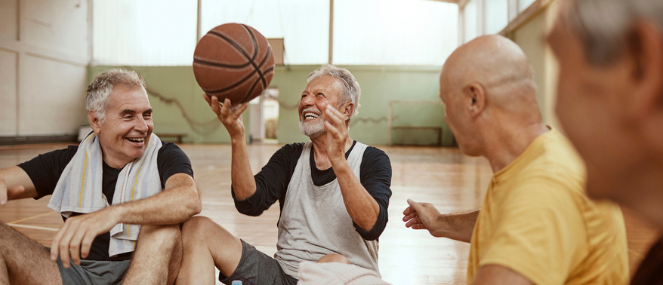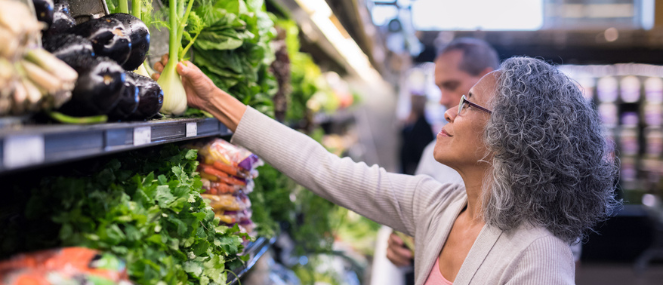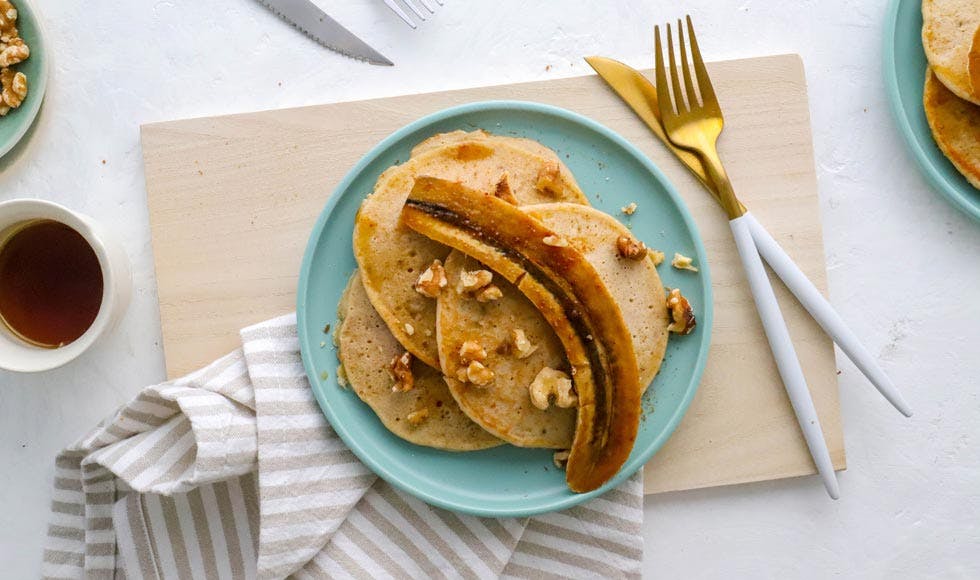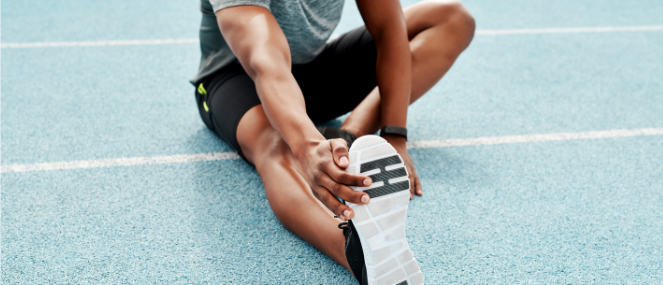
- Health hub/
- Arthritis, joint, bone & muscle/
- Why weight-bearing exercises are important for healthy bones
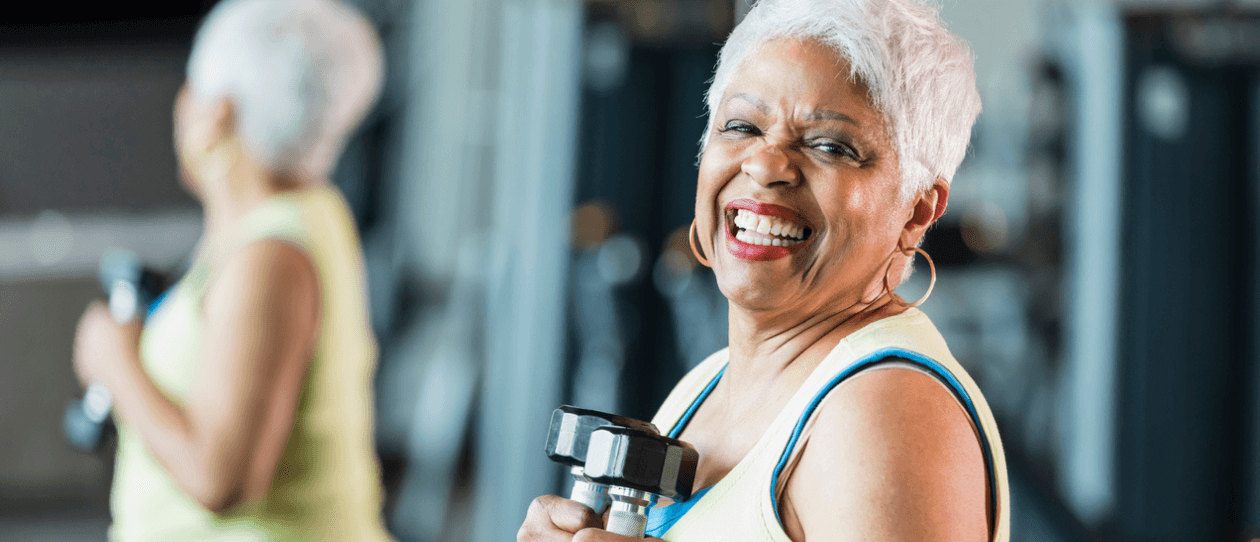

Mild osteoporosis affects more than 200 million people worldwide. Weight-bearing exercises may not only help sufferers improve and manage their symptoms but prevent the condition too.
What are weight-bearing exercises?
Bones are living tissue. They respond to food and exercise, becoming either weaker or stronger. Weight-bearing exercises work against gravity, encouraging your bones to increase their density and become stronger.
Weight bearing exercises include-
Non-weight-bearing exercises, like swimming and cycling, are important to include in your fitness regime too, helping to strengthen your cardiovascular health. Swimming and cycling are great forms of non-weight-bearing exercises to do.
How weight-bearing exercises affect the body
Weight-bearing exercises put stress on your bones. The weight of your body pushes and impacts on the bone with each step.
Your muscles are attached to bone by tendons, which pull on the bones when you exercise. The bone adapts to this push and pull by becoming denser and stronger. Stronger bones improve our mobility.
Research has found that weight-bearing exercises increase a hormone called IGF-1 which encourages bone growth over time.
Why these movements are so important for healthy living
As we grow, we build more bone than we lose. The bones get bigger and denser until we reach the age of 25. After that, our bones break down and rebuild at the same rate. After we turn 50, we lose more bone mass than we rebuild. Slowly, our bones lose their strength and density. We’re more at risk of fractures as our bones are frailer.
Some conditions, such as menopause, can speed up bone loss. The average woman loses up to 10 per cent of her total body bone mass during the first five years after menopause due to declining oestrogen levels. So women with early-onset menopause experience an even greater loss in bone density, increasing their risk of mild osteoporosis.
Drinking, smoking, a lack of exercise and a poor diet can also weaken bones.
Weight-bearing exercises can’t treat osteoporosis. But it support building stronger bones.
Which movements should you avoid?
Avoid high impact exercises if you have mild osteoporosis . Running, jumping or boxing have a jarring effect on your bones and could fracture if they’re already frail.
Twisting and bending exercises, like touching your toes, may not be suited to individuals with low bone mass. If you have mild osteoporosis , check with a professional before doing golf, yoga or bowling.
Stop any high impact exercises if the pain lasts for more than two days, or causes inflammation. If these exercises cause pain, it’s best to try something else.
How much exercise should I do?
Australia’s physical activity and sedentary behaviour guidelines outline how much exercise we should be doing. For adults under 64 years old, the guidelines suggest you should be active on most or all days of the week. That’s 2.5 to 5 hours a week of moderate activity, such as walking or dancing. It could also be gardening, like mowing the lawn or cleaning windows. The activity should be enough to raise your heart rate and break a sweat.
The guidelines also recommend 1.25 to 2.5 hours of vigorous physical activity, such as jogging, hiking or playing a sport such as soccer. You know when you’re exercising vigorously because it’s difficult to talk and you’re huffing and puffing. Around the house, any lifting, carrying or digging is vigorous exercise.
For people over 65, aim for at least 30 minutes of moderate activity on all or most days.
Which nutrients encourage bone growth ?
Make sure your diet is rich in calcium, a mineral needed for bone growth . You can find calcium in dairy, almonds, broccoli, kale and canned salmon with bones. Vitamin D is also essential to help our bodies absorb calcium. If you don’t get enough sunlight each day, you can consume foods fortified with vitamin D like milk or orange juice or consider taking a vitamin D supplement.

